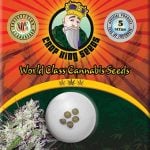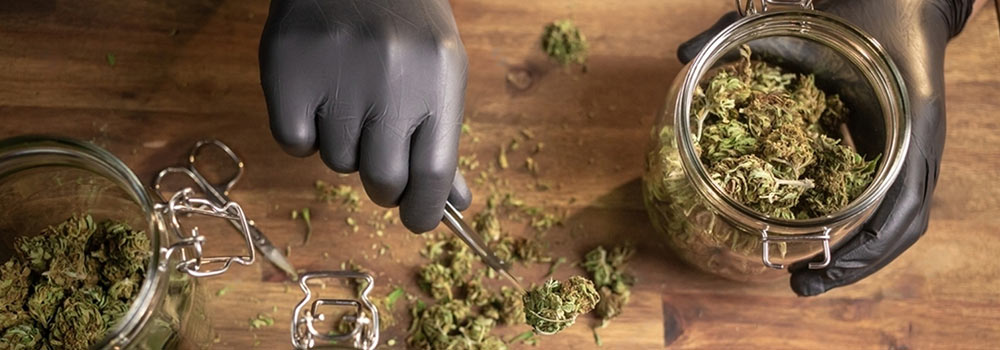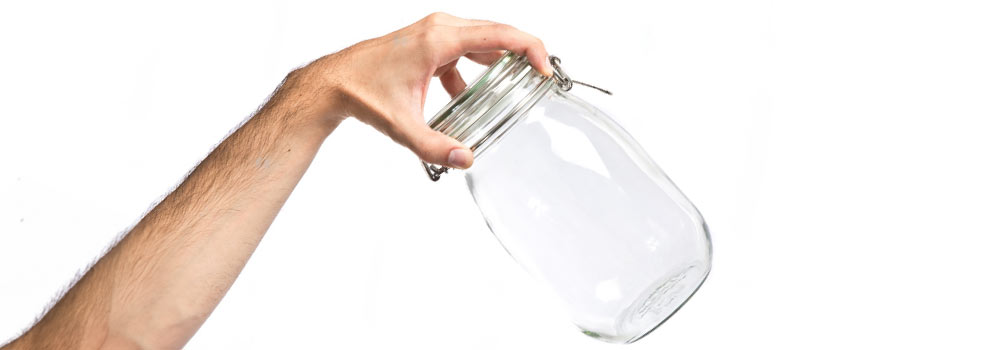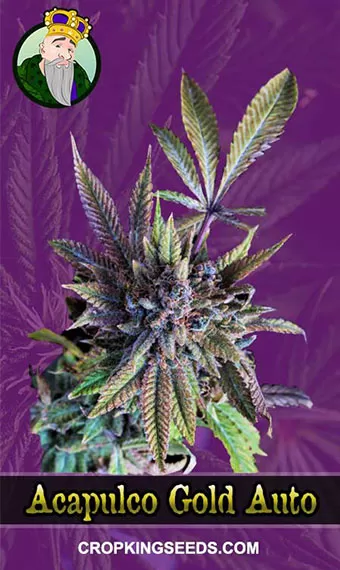After drying comes curing. Curing weed is one of the most essential parts of the cannabis experience. But first, let us answer the question what is curing weed?
Curing weed, also known as marijuana or cannabis, refers to drying and aging harvested buds or flowers to improve their overall quality and potency. During the curing process, excess moisture is removed from the plant material, which helps to eliminate the risk of mold and bacteria growth and allows the flavors and aroma to develop fully.
Let Us Discuss Curing Weed
In the initial stages, checking on your buds more frequently than once a day may be necessary, especially if you are concerned about excessive moisture leading to mold or bacteria growth. Monitoring your buds at least once every 24 hours during the early stages is crucial, as outlined below.
Along with checking on your buds, opening the jars daily is essential to provide fresh air to aid in the curing process.
For those who are eager, this also provides an opportunity to sample their new buds and observe their improvement during the curing process
As previously mentioned, the key to achieving an excellent marijuana cure is regulating the environment’s humidity. It is ideal for storing your buds in a sealed container with around 60-65% relative humidity for the most efficient and effective curing process, with the right balance of moisture and dryness.
To monitor the current humidity levels and ensure they remain optimal throughout the process, acquiring a tool known as a hygrometer may be worthwhile.
To achieve professional-grade results in cannabis curing, using a hygrometer is highly recommended. This device enables you to accurately monitor the curing progress and identify any humidity issues that could harm your buds. Even if you only have one hygrometer, you can place it in different jars during your daily check to assess each jar’s relative humidity (RH).
It is important to allow the buds to “sweat” inside the jar for some time before obtaining an accurate moisture content reading. Sometimes, buds that seemed dry when first stored can feel damp and soggy a few hours later. This occurs because the moisture initially concentrated in the center of the buds has spread out, indicating that the buds need further drying.
During the initial week of the curing process, opening your jars briefly at least once a day is advisable. Simply open each jar and close it again after a few moments. While the jars are open, check the buds to determine the current humidity levels. This is also an opportune time to shake the jars and move the buds around to ensure no damp spots and the buds are not clumping together.
Also, you should know what to check for and what to diagnose when opening the jar here are some of those guidelines.
Checking The Jar
Weed is wet – Wet buds must be placed outside the jar to dry for another 1-2 hours. Moist buds should not be touching each other! It is very important you react quickly if buds feel damp to the touch, as this is the most likely time for mold to grow.
> 70% humidity – When buds are too wet, your hygrometer will read greater than 70% relative humidity after buds are in jars with a hygrometer for 24 hours. If buds are very wet, you may see the humidity climb up this high within a few hours. If you see the humidity rising on your hygrometer at a rate of 1% per hour or more, you may want to open the jars early or at least keep a close eye, as your buds are probably too moist.
Weed is moist – If you notice that some of your buds are still sticking together when you shake the jar, it indicates that they are still slightly too damp, and there is a risk of mold or anaerobic bacteria growth. If you live in a normal to dry climate, leaving the jar tops off for 1-4 hours may be sufficient. However, if you live in a humid climate, you may need to take the buds out of the jars and lay them out until the outsides feel dry again.
If your buds are slightly moist, your hygrometer will register a relative humidity of 65-70% after storing them in jars for 24 hours.
Weed is not too dry and not wet – Congratulations, you have reached the cure zone! Your buds should feel slightly sticky to the touch but should move independently and not clump together when you shake the jars.
When your buds are in the cure zone, your hygrometer will indicate a relative humidity of 60-65% after storing them in jars for 24 hours. Some growers prefer to maintain a slightly lower humidity level during curing, around 55%, particularly if they are curing a large amount of cannabis, as it can help prevent mold or areas of excessive moisture in the jars.
Weed is too dry – When buds feel dry and crumbly, there is not enough moisture left in the jars for the curing process to proceed at a normal pace. Buds that are too dry will cure more slowly.
If the hygrometer reading is less than 55% relative humidity, the buds are too dry to continue the curing process, even after being in jars with a hygrometer for 24 hours. If the humidity reading is between 55-60%, curing will still happen, albeit slower. However, even if buds are overdried, they can still benefit from the curing process.






















